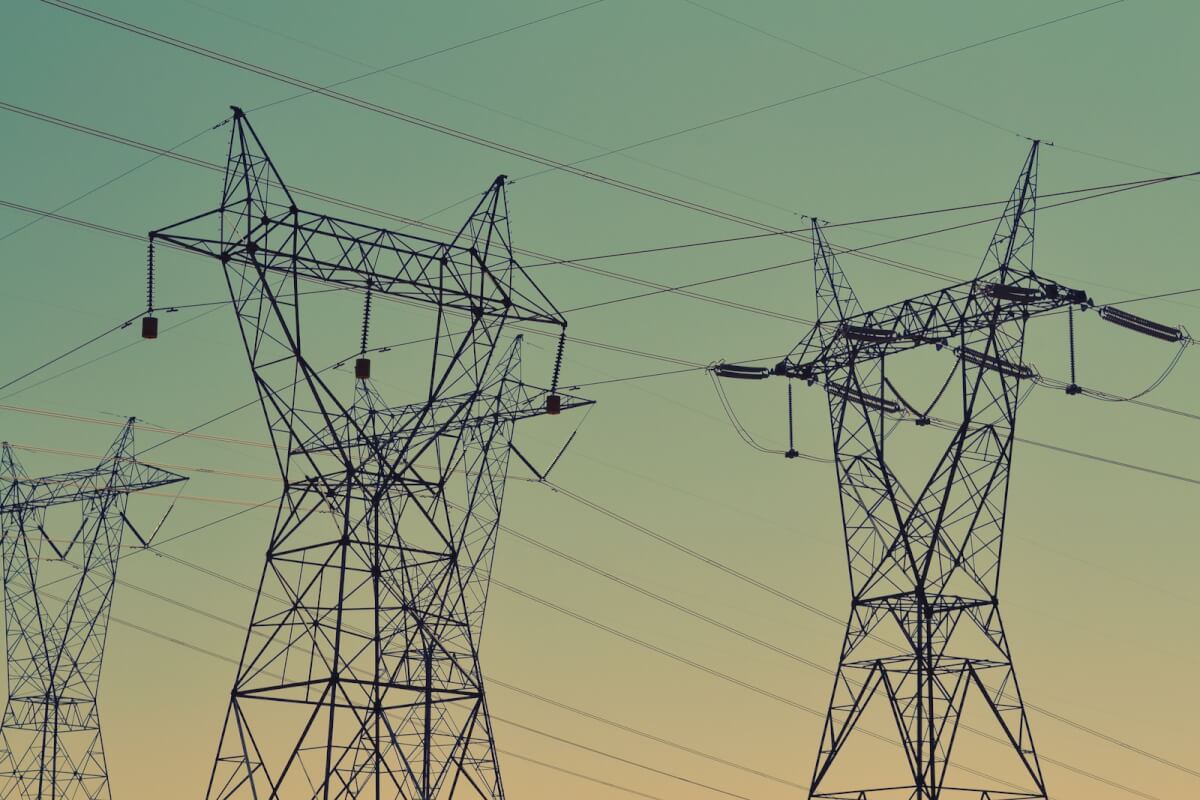🔑 Key Findings:
- Solar power could be the world’s dominant energy source by 2050
- Scientists name 4 obstacles preventing that from happening
- Switching to solar could cost 13 million jobs in developing nations
EXETER, United Kingdom — Solar power could become the predominant energy source by 2050, a new study claims. This conclusion, by researchers from the University of Exeter and University College London, is based on a data-driven model analyzing the changing face of technology and economics.
The study, however, identifies four significant obstacles to this shift. These include stabilizing power grids, financing solar projects in developing economies, managing supply chain capacities, and political resistance in regions facing job losses. Overcoming these challenges, according to the researchers, is more critical than current policies like carbon taxes for transitioning to clean energy.
“The recent progress of renewables means that fossil fuel-dominated projections are no longer realistic,” says Dr. Femke Nijsse from Exeter’s Global Systems Institute, in a media release. “However, older projections often rely on models that see innovation as something happening outside of the economy. In reality, there is a virtuous cycle between technologies being deployed and companies learning to do so more cheaply.”
The research, part of the Economics of Energy Innovation and System Transition (EEIST) project, suggests that governments should focus on addressing those four barriers to facilitate the solar transition.

Addressing grid resilience, Dr. Nijsse notes the necessity of integrating wind power, effective electricity storage, and inter-regional cables to compensate for solar power fluctuations due to nightfall or seasonal changes.
“If you don’t put the processes in place to deal with that variability, you could end up having to compensate by burning fossil fuels,” she explains.
The study also highlights the need for financial support in developing countries and meeting the demand for critical minerals like lithium and copper. This approach could mitigate the potential loss of 13 million jobs if solar power becomes dominant.
“There is a growing belief that, with the dramatic decline in the global average cost of renewables, it will be much easier for the developing world to decarbonize,” says Dr. Nadia Ameli from UCL’s Institute for Sustainable Resources. “Our study reveals persistent hurdles, especially considering the challenges these nations face in accessing capital under equitable conditions. Appropriate finance remains imperative to expedite the global decarbonization agenda.”
The research is published in the journal Nature Communications.
You might also be interested in:
- Is solar power the key to humans living on Mars?
- Solar power at night? New study suggests it may be possible
- ‘Limitless’ energy: Floating solar panels near the equator could power the world
South West News Service writer Jim Leffman contributed to this report.

There’s no need to push it. If it lessens expenses overall everyone will know that and use it.
If climate change does not destroy the world first.
deep source geothermal steam supplied to existing power plants would cost about a penny on the dollar to install and provide electricity for about a dime on the dollar for new installations. Solar is great for a mountain cabin but mind-boggling near-sighted for a world. Just an infinite amount of work for a slave class to build, install, and replace regularly.
I don’t see the word ‘storage’ in the article, though Lithium is mentioned and there may be something in the links. Well, after-thought is better than no-thought.